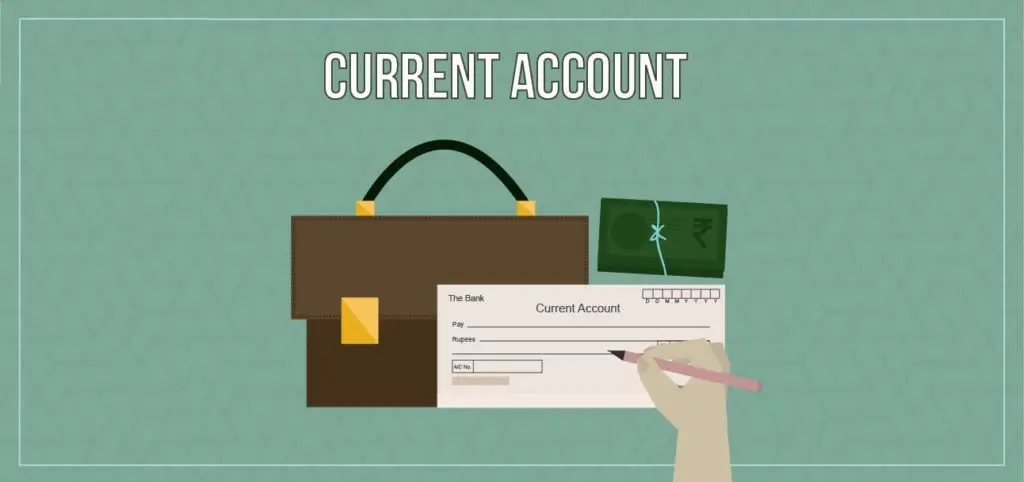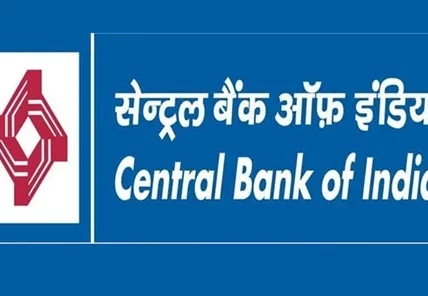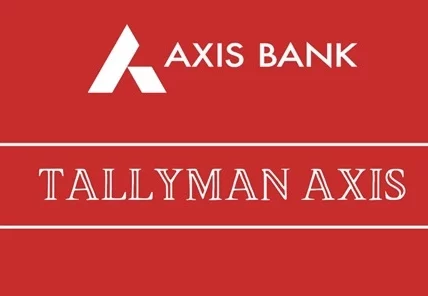There are different types of bank accounts available. The most common ones are the saving, NRO, and Current Accounts. As an individual, most of you might be using a saving account or an NRO account. But do you know what the Current account is for? In a savings account, you have a specific number of transactions that can be done free of cost. After the free number is passed, the bank will charge you a fee for each transaction.
In the case of a current account, there is no limit on the number of transactions you can do in a day or a month. In many countries, a current account is also referred to as a transactional account. The current accounts are not used for investment or for making profits, but they are used for carrying out business. Since the business has a high number of liquid transactions, the current account is the correct type of account for the business.
🤔What is a Current Account?
As mentioned earlier, a business needs to carry out liquid transactions daily. You may have multiple incoming transactions and a few outgoing transactions. In the case of a saving account, this can be a problem as the bank account may get flagged. You may also incur a transactional fee in case of a saving account. When using a current account, you would not have to worry about the number of transactions. There is no limit on transactions and no transaction fee based on the number of transactions. This is one of the greatest advantages of the current account. There are many other advantages of having a current account; we have shared more details in the section below.
👍Advantages of Current Account
Let us now look at the advantages of the current account.
- Large Volume of Payments – The first benefit of the current account is that you can make unlimited transactions. Here we are talking about online transactions. In most cases, the banks would charge a fee for the transactions after a free limit, but this is not applicable in the case of a current account.
- Limitless Withdrawals – Some businesses need higher liquidity, so they may have to withdraw cash on multiple occasions. In such a case, the current account offers the required flexibility. There is no limit on how much you can withdraw and how many times you can withdraw. The bank would not charge you a transaction fee.
- Limitless Deposits – With the current account, you can access the online payment portal, UPI payments deposits and other payment methods. In addition, you can make an unlimited number of transactions subject to a fair usage policy. The bank would not charge you any cash handling fee.
- Free Pay-Orders & Demand Drafts – Another salient feature of the current account is that the bank can issue you free demand drafts and pay orders. You end up saving a lot of money in this case, as the small issuance fee can become significant when you regularly need a demand draft or a pay order.
- Overdraft Facility – With the current account, you can also access the overdraft facility. In shortage of funds, you can avail of the overdraft facility. This will help you meet the shortage without needing any loan. The interest is very nominal on the overdraft and depends on a case-to-case basis.
- No Transaction Tax – There is no transaction tax when you use the current account. This means that you reduce the operational cost by some magnitude. The transaction cost can become an overhead, so you can avoid all of that cost by opening a current account for your business.
- Internet & Mobile Banking – You also get access to multiple banking methods when using a current account. You can access the account using internet banking, mobile banking or even WhatsApp banking. These features are of great help for doing business on the go. It ensures that you can track your banking activities in real time, and at the same time, you can do the transactions in real time.
👎Disadvantages of Current Account
You have looked at the advantages of the current account. Go ahead and check out the disadvantages of the current account as well.
- Low-Interest Rates – The interest rates offered on the current account are very low. Some banks don’t even provide any interest for the current account users. So, you lose the earning opportunity on the additional funds in your account. This is one of the greatest disadvantages of the current account.
- Service Cost – Some banks charge a service cost or the annual fee for having a current account. This fee is for the benefits you get from your current account. In most cases, banks are fine to waive off this fee if you maintain a pre-defined average balance on a monthly, quarterly or annual basis. In addition, you can check the service cost at the time of account opening.
- Paper Work & Compliance – The paperwork and compliance are much more than the standard saving account. You can open a saving account online, but this is impossible with the current account. On a positive note, the bank representative is willing to go the extra mile to do the paperwork and compliance-related tasks for you.
Should I Be Using Current Account?
You need to answer that question for yourself. If you have a business, then it becomes mandatory for you to have a current account. You can check out with the private or government banks for opening a current account. You would need some business-related documents for opening a current account. These documents include proof of profession, including the PAN for the company. Address proof of the company, GST registration, Company registration, License of Registration, TAN and other documents. Your banker will be able to give you a detailed list of documents that you need for opening a current account.
Current Account Frequently Asked Questions
Q1. Is A Current Account Any Better Than A Standard Savings Account?
Ans. When it comes to choosing between a current account and a standard savings account, it really comes down to what your financial goals and needs are. A current account is like a trusty sidekick, always ready to handle all your transactions with ease, thanks to its check-writing capabilities. A savings account, on the other hand, is more like a safe haven, helping you grow your wealth with interest.
Q2. Can I Have A Current Account As Well As A Savings Account At The Same Time?
Ans. Of course, you can. In fact, having both a current account and a savings account is like having the best of both worlds. Your current account can handle all your daily transactions like a pro, while your savings account is there to help you grow your wealth with interest. It’s a win-win!
Q3. How Do I Open A Current Account With My Bank?
Ans. Opening a current account is like opening the door to a whole new world of financial freedom. To get started, just head to your local bank branch, bring along your identification and fill out a quick application. And, some banks even allow you to open a current account online, making the process even more convenient.
Q4. Do I Have To Pay Some Sort Of Maintenance Fee For The Current Account?
Ans. Yes, some banks do charge a maintenance fee for having a current account, kind of like rent for a virtual storefront. But don’t worry, just like with a storefront, many banks offer a waiver on the fee if you keep a certain minimum balance in your account.
Final Verdict
This was all about the current account. With so many benefits of having a current account, we are sure you would love to have one for your business. Having a current account makes it easy for you to run a business from a financial perspective. In addition, we recommend comparing the features of current accounts from different banks before you shortlist a bank and initiate the account opening process.















